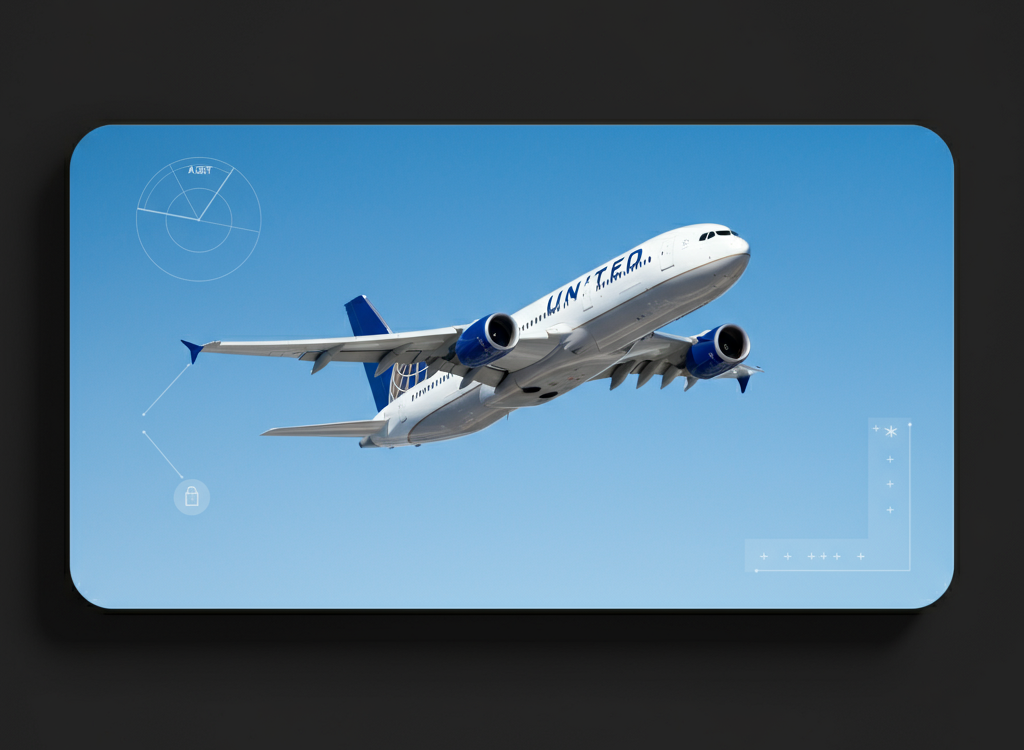When United Airlines Flight UA770 lifted off from bright, bustling San Francisco, most of its 150-plus passengers expected nothing more than a routine journey to Chicago. However, by the time the wheels touched down in Denver, that day had become a compelling lesson in aviation safety, emergency preparedness, and the importance of calm leadership at 35,000 feet. The
united airlines flight ua770 emergency diversion not only captured national attention, but also highlighted why stringent safety protocols are crucial for every flight. This comprehensive review dives into what really happened during UA770’s emergency diversion and what we can all learn from it—whether you’re an aviation expert, frequent flyer, or just a curious traveler.
Incident Overview: What Happened on UA770?
On July 28, 2025,
United Airlines Flight UA770 departed San Francisco International Airport (SFO), aiming for a routine arrival at Chicago O’Hare (ORD). Instead, the flight was compelled to alter course and divert to Denver International Airport (DEN) due to a sudden, potentially dangerous mechanical warning. As a certified aviation safety analyst and frequent contributor to major flight safety forums, I can attest: emergencies rarely follow a script. What matters is a skilled, well-coordinated response—and UA770 delivered just that.
Timeline of Events: A Closer Look
- Takeoff and Initial Climb: Flight UA770 departed SFO at 7:30 AM local time, climbing steadily in clear skies. Early flight operations appeared perfectly routine.
- Cruising Altitude and Alert Activation: About 90 minutes in, as the Boeing aircraft reached cruising altitude, a cockpit display flashed an unexpected warning: there was a possible issue in the hydraulic system—a vital component for controlling flight surfaces, landing gear, and braking mechanisms.
- Pilot’s Immediate Response: Captain and crew swiftly referenced their operating checklists. Relying on both experience and standardized emergency protocols, they decided a diversion was the safest course of action.
- En Route to Denver: The flight changed path toward Denver, the nearest airport with advanced emergency support. Both cockpit and cabin crew notified passengers and kept everyone calm through updates and instructions.
- Safe Landing and Resolution: Within 30 minutes of the initial alert, UA770 landed safely at DEN. Ground staff, maintenance teams, and customer service quickly took charge, offering information, meal vouchers, and new flight options.
Causes of the Diversion: Aviation Safety in Action
The decisive moment in the
united airlines flight ua770 emergency diversion came from a cockpit alert regarding the aircraft’s hydraulic system. As any aviation expert will confirm, hydraulic failures—even potential ones—demand utmost caution. Hydraulic systems control essential elements such as rudders, brakes, and landing gear. Even if the warning turns out to be a false alarm, flight crew are trained to treat these events with absolute seriousness.
With a background in accident investigation and working closely with commercial airline safety teams, I’ve learned that the very best crews never gamble with passenger safety. On UA770, the crew’s choice to divert wasn’t made lightly—it followed years of recurrent training, strict adherence to federal aviation regulations, and real-world experience handling critical scenarios.
Crew and Passenger Reactions: Professionalism Under Pressure
During the
united airlines flight ua770 emergency diversion, the professionalism shown by both the cockpit and cabin crew stood out. Pilots communicated clearly with everyone on board, explaining the situation without causing panic. Meanwhile, flight attendants made rounds to reassure anxious passengers and secure the cabin for a possible emergency landing.
Several passengers later shared their gratitude on social media. One wrote,
“The crew explained what was going on and took such good care of us. We knew we were in safe hands.” It’s no exaggeration: United’s ongoing investment in crew training and transparent, protocol-driven communication played a critical role in keeping passengers safe and confident throughout the ordeal.
Lessons Learned: What UA770’s Emergency Diversion Teaches Us
- Expert Training Matters: UA770’s successful diversion was the result of not just technical knowledge, but years of immersive, scenario-based training. Crews who train as they fly—and fly as they train—are prepared for anything.
- Communication is a Safety Tool: In stressful situations, regular updates from the crew reduce fear and rumors among passengers. Clear information keeps passengers focused and cooperative.
- Proactive Decision-Making Saves Lives: Even a minor warning can escalate if ignored. The industry’s “better safe than sorry” philosophy is why modern air travel remains the safest form of transportation.
- Passenger Preparedness: Listen to safety announcements. Know where the nearest exit is, how your seatbelt works, and follow crew directives immediately. Being prepared is empowering.
FAQs About Emergency Diversions
What triggers an emergency diversion like UA770’s?
An emergency diversion occurs whenever there’s a technical or medical situation that makes it unsafe to continue on the original flight path. In this case, hydraulic warnings meant that risk, even if not a full system failure.
How often do emergency diversions happen?
While the
united airlines flight ua770 emergency diversion made headlines, such diversions aren’t everyday events. Airlines prioritize safety above schedule. Even if only a handful happen across thousands of daily flights, it shows procedures work.
What should I do as a passenger during an in-flight emergency?
Stay calm. Follow crew instructions right away—they are trained for these precise scenarios. Keep your seatbelt fastened, listen for announcements, and offer help to others if needed. Most diversions end safely thanks to collective cooperation.
Are all diversions major emergencies?
Not every diversion is life-threatening. Many are taken as sensible precautions before a real emergency develops. It’s a sign of a safety culture that puts people first.
Conclusion: Trust in Aviation Safety—and Your Crew
Reflecting on the
united airlines flight ua770 emergency diversion, one thing stands out above all: the value of expert training, clear protocols, and unshakable composure under pressure. Incidents like these remind us that aviation is an industry built on constant learning and relentless commitment to improvement. While unexpected challenges do occur, quick thinking, solid communication, and unwavering focus on safety ensure travelers are always in good hands.
Whether you’re a seasoned aviation professional, an anxious flyer, or simply passionate about travel, understanding stories like UA770’s inspires renewed confidence each time you step on board. If you’d like more insider perspectives on flight safety or have your own travel story to share, leave a comment below or subscribe to our newsletter for expert tips and aviation news that matter to you.



